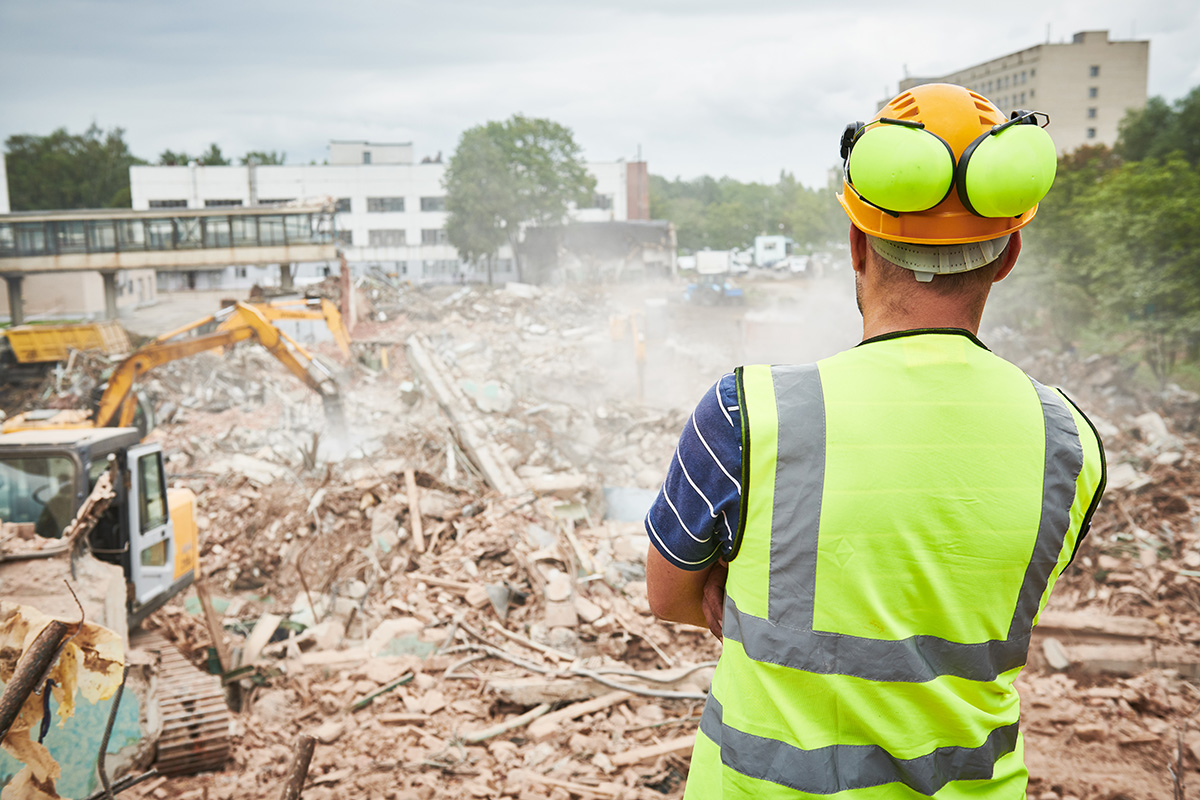Jul
Why is asbestos still used in the US
- 2022
- acmdemogroup
Most people are under the impression that asbestos use of any kind has been banned in the US. Although various legislation over the years has outlawed mining the material itself, and overall use has declined significantly with the passage of time, many US-based companies continue to import both raw materials and products that contain asbestos.
In the US, federal agencies including the Environmental Protection Agency (EPA) have been taking steps to regulate the use of asbestos since the 1970s. However, over the decades, the EPA and the Occupational Safety and Health Administration (OSHA) have engaged in lengthy legal battles – and subsequent appeals – with industry giants as well as foreign governments over the reach of various legislation. This includes the Canadian government – at one point the exporter of 95% of the asbestos used in the US.
In a landmark 1991 decision, the US Court of Appeals sided with the industry. A decision was issued stating that the EPA failed to make a case that an all-out band would be the “least burdensome alternative” and setting a precedent that has not been successfully challenged despite mounting evidence of the harmful effects of asbestos.
Worldwide, over 50 countries have fully banned the use of asbestos, while in other nations such as China, Russia, and Brazil, its use has actually expanded over the years.
Today, asbestos is still used in some building materials in the US. Companies can lawfully import certain products that contain asbestos, and about 300,000 tons of it are brought into the US each year. OSHA defines “asbestos-containing materials” as any material that is greater than 1% asbestos, meaning that any product below 1% can be misleading labeled as asbestos-free.
In other industries, asbestos is also legally used in automobile parts such as brake pads and gaskets. Asbestos-containing products that have been banned include spray-applied insulation, wall patching compound, artificial embers, pharmaceutical filters, flooring felt, roll-board, commercial paper, corrugated paper, and specialty paper. It is also illegal to implement “new” uses or applications of asbestos.
A naturally occurring silicate mineral composed of long, thin, fibrous crystals, asbestos been used by humans as far back as the Stone Age to add resilience and rigidity to ceramic pots and, starting toward the end of the 19th century, as building material. It would be close to 100 years, however, before the harmful effects of asbestos were widely known and acknowledged.
Due to its crystalline structure, when asbestos meets with abrasion or friction, microscopic particles are released into the air, and those particles are then inhaled by humans. This can lead to serious lung conditions, including Asbestosis, Mesothelioma, and Lung Cancer.
Residential and Commercial Asbestos Inspections and Abatement with ACM
Recognized for excellence in the areas of abatement & asbestos removal, environmental remediation, and demolition services, for over 20 years, ACM has been built a reputation for elite performance driven by the highest safety standards. With a customer-centric methodology, commercial and residential clients rely on ACM for niche expertise and insightful recommendations. If you suspect asbestos on your property, contact ACM for an on-site evaluation with our in-house certified asbestos inspector.














